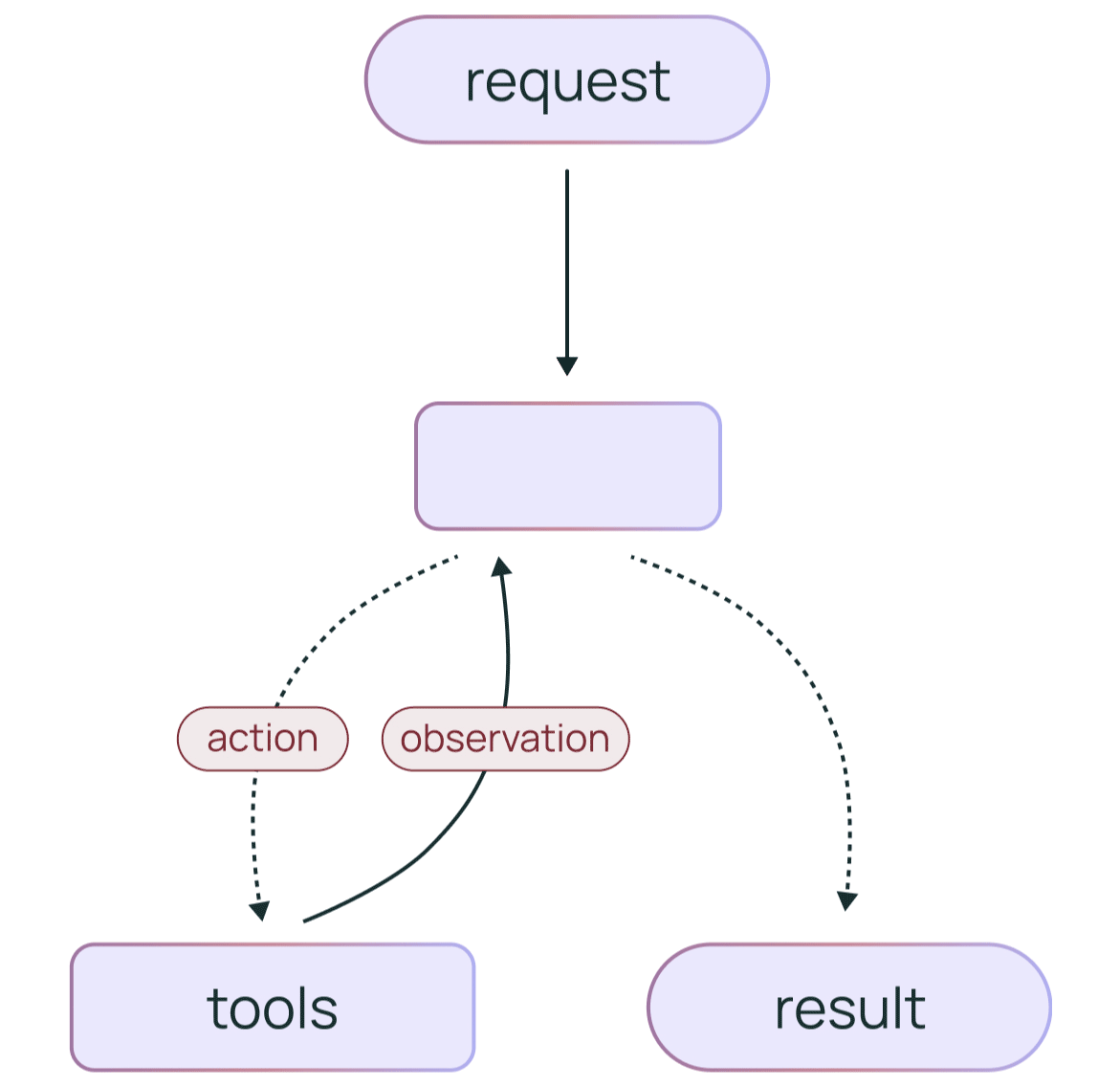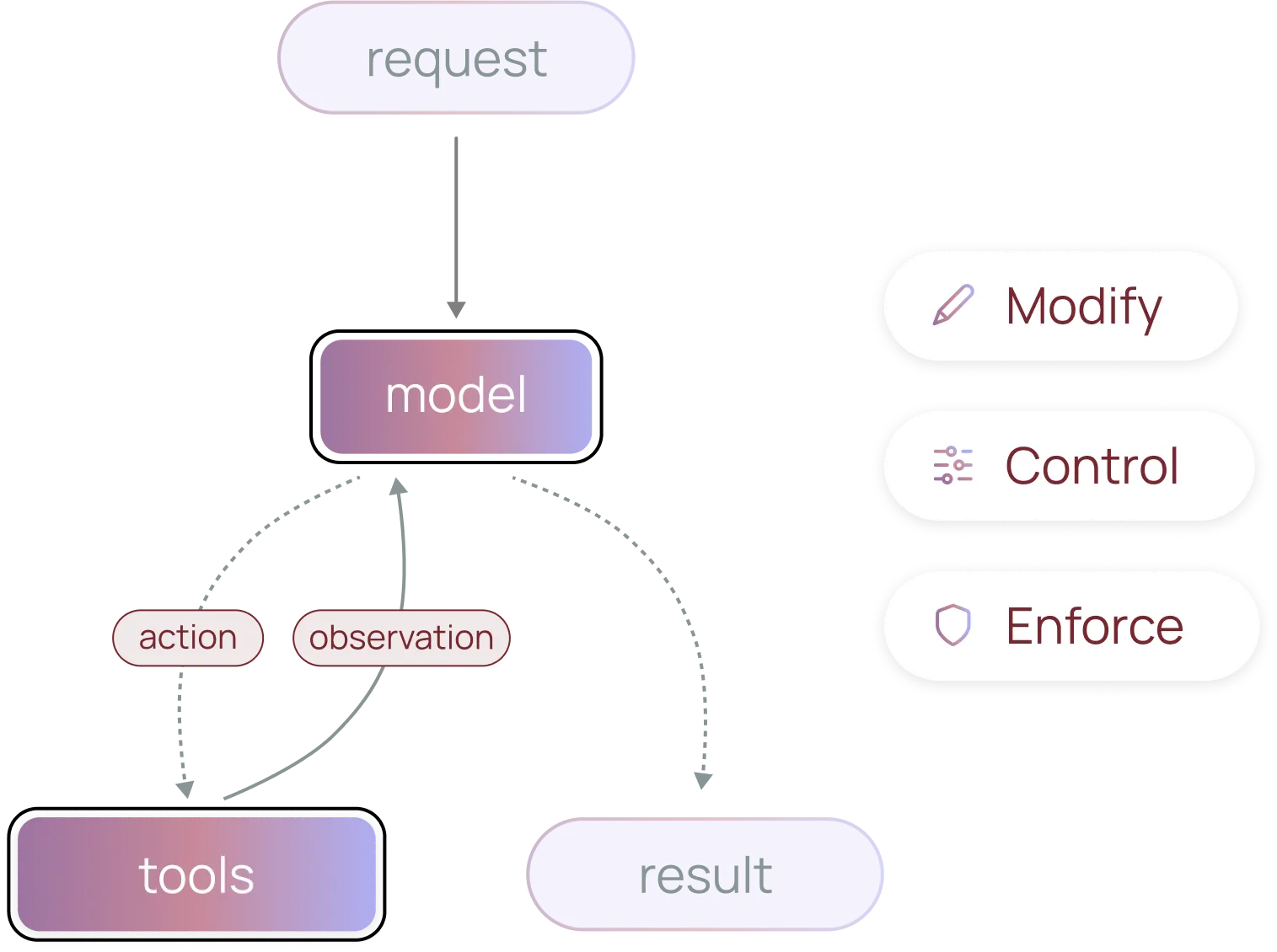Build agents faster, your way
LangChain is an open source framework with a pre-built agent architecture and integrations for any model or tool — so you can build agents that adapt as fast as the ecosystem evolves.
Why use LangChain?
Ship fast with proven agent patterns
Build agents in minutes with templates for common use cases. create_agent provides a proven ReAct pattern on LangGraph's durable runtime.
Open and neutral by design
Swap models, tools, and databases without rewriting your application. With 1000+ integrations, you can future-proof your stack as AI advances, with no vendor lock-in.
Customize without complexity
Extend agent behavior through middleware without rewriting core logic. Add human-in-the-loop approval, compress long conversations, or remove sensitive data— all with simple, composable hooks.
Durable runtime
LangChain runs on LangGraph’s durable runtime — giving agents built-in persistence, rewind, checkpointing, and human-in-the-loop support.




Ship fast with proven agent patterns
Build agents in minutes with templates for common use cases. create_agent provides a proven ReAct pattern on LangGraph's durable runtime.

Open and neutral by design
Swap models, tools, and databases without rewriting your application. With 1000+ integrations, you can future-proof your stack as AI advances, with no vendor lock-in.

Customize without complexity
Extend agent behavior through middleware without rewriting core logic. Add human-in-the-loop approval, compress long conversations, or remove sensitive data— all with simple, composable hooks.

Durable runtime
LangChain runs on LangGraph’s durable runtime — giving agents built-in persistence, rewind, checkpointing, and human-in-the-loop support.

Instantly connect to your preferred LLM.
LangChain FAQs
Yes - LangChain is an MIT-licensed open-source library and is free to use.
LangChain is an open source framework with pre-built agent architectures and as integrations to models, tools, and databases to start building agents quickly. The LangChain framework integrates seamlessly with LangSmith, our platform for agent observability, evaluation, and deployment — you can set just one environment variable to get started.
Ready to start shipping reliable agents faster?
Get started with tools from the LangChain product suite for every step of the agent development lifecycle.







